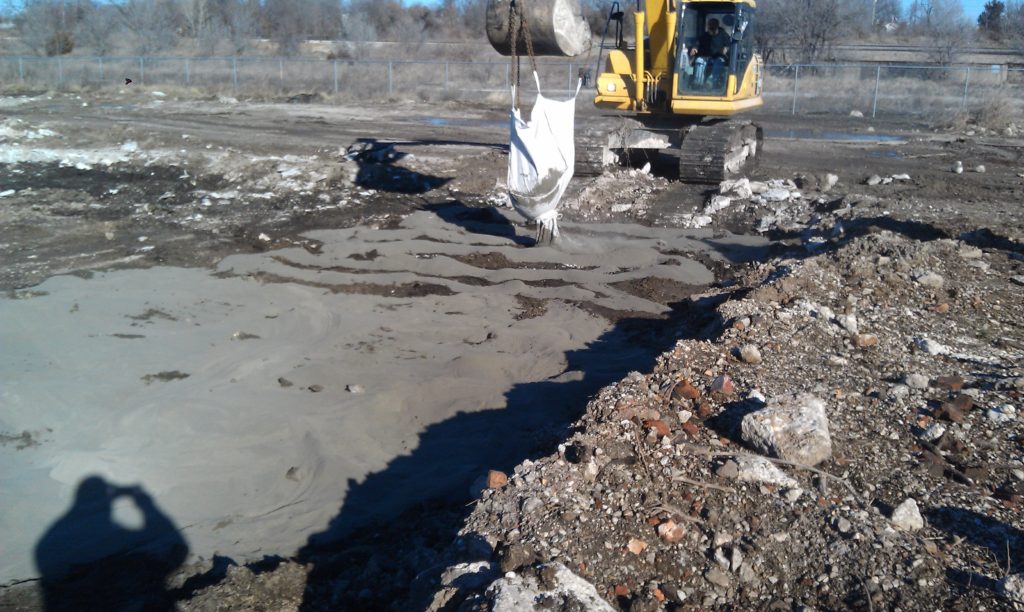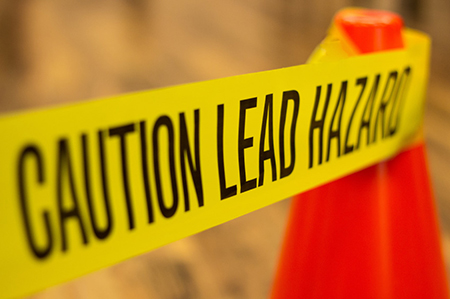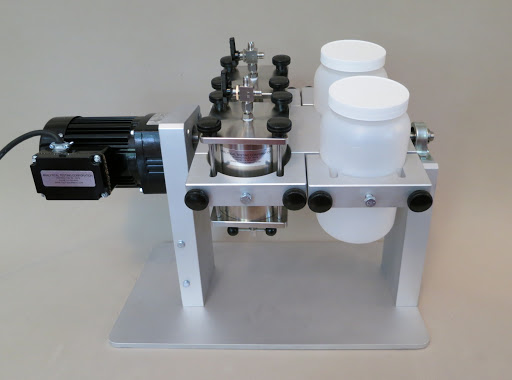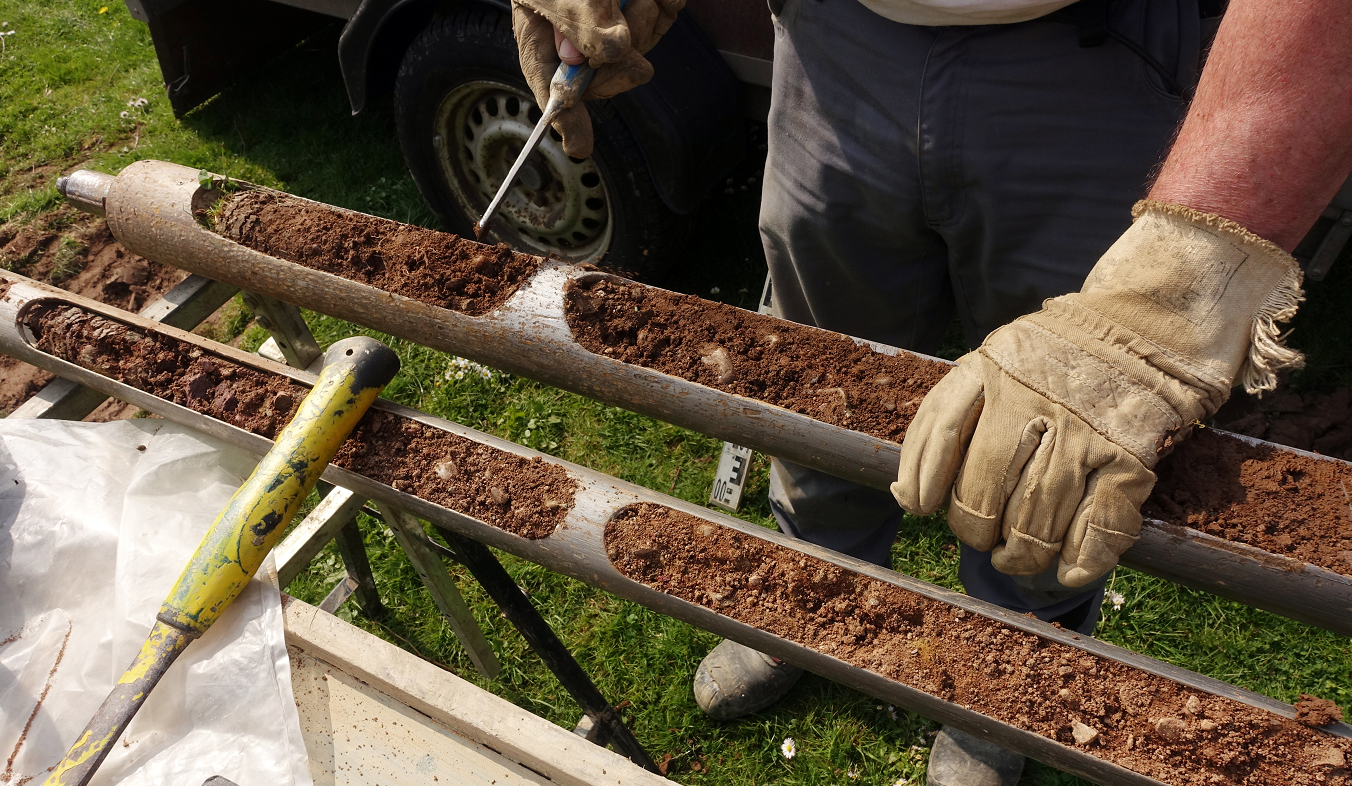What is Contaminated Soil Remediation?
Contaminated soil remediation involves encapsulation and chemical conversion during remediation projects rendering them non-leachable to allow disposal of a non-hazardous waste. The EPA requires a Toxicity Characteristic Leaching Procedure (TCLP) test (Method 1311) to determine if contaminated soils need to be managed as hazardous or non-hazardous waste.
Soils exhibiting hazardous characteristics need to be disposed of at a facility permitted for that material, or be treated in the field prior to off-site disposal. In nearly every case, stabilizing the soil in the field prior to disposal can save the generator a great deal of money over transporting and disposing of the soil as a hazardous waste. The TDJ Group has been providing heavy metal fixation technologies for more than 3 decades to the soil remediation, metal casting, and lead paint abatement industries.
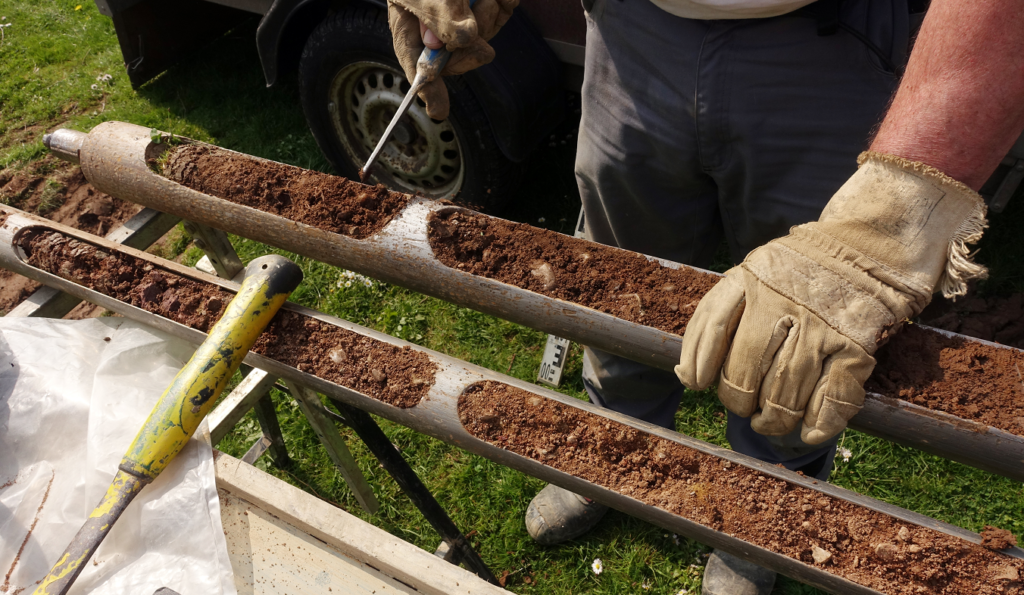
These technologies are provided under the brands of Blastox® and Bantox® used for contaminated soil remediation. They are designed to target lead, cadmium and other RCRA 8 waste meeting non-hazardous disposal requirements.
Non-Hazardous vs Hazardous Disposal Cost
For the heavy metal fixation industry, Blastox® 215 is the preferred solution for most remedial contractors. This product is a dry, fine granular product that is added directly to the contaminated soil typically at 2-5% by weight, depending on the level of contamination.
At these dose levels, the per ton treated cost ranges from $6.60 – $16.50 per ton of remediated soil. When compared to hazardous waste disposal, it’s clear that Blastox 215 is very cost effective heavy metal fixation reagent.
Its smaller particle size provides more reactive surface which is beneficial when stabilizing heavy metals for contaminated soil remediation projects. Due to the low dose rate and competitive pricing, Blastox® 215 is becoming an effective resource for many engineers and also project managers.
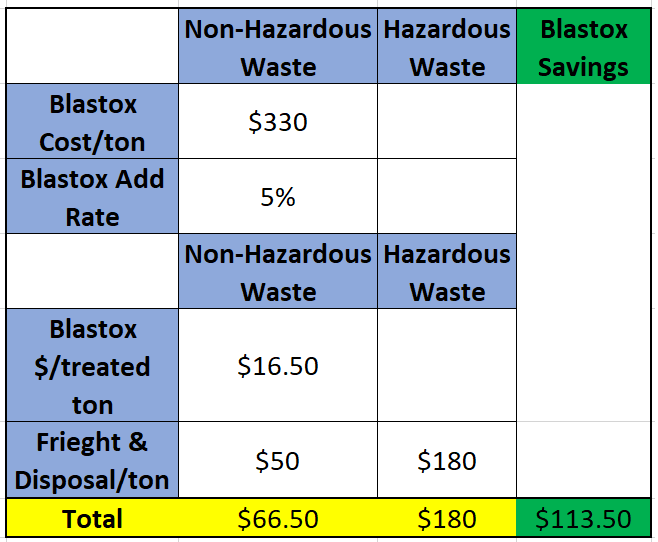
Because of its effectiveness, Blastox had been used successfully on thousands of tons of heavy metal contaminated soil remediation projects. Its chemistry has a proven long-term stability benefit. You can apply it at low dose rates and have peace of mind knowing that the soil remediation waste will remain stable, always.
If the contaminated soil exceeds the Toxicity Characteristic Leaching Procedure (TCLP) limits, stakeholders should be aware that remedial applications, such as Blastox exists that can be added directly to the soil to render it non-hazardous.



